Preserving the Costa Brava’s culinary heritage
Cap de Creus lobster is one of Spain’s true delicacies, with an even richer history
Hola, my friends, I hope you had a good weekend. Did you grill some vegetables (maybe some meat too…?) and dip them in the tastiest steak sauce you’ve ever had?
We are approaching summer, and when I think of summers in the south of Spain, I think of visiting markets, shopping for the day, and cooking…and enjoying long, slow meals with my family and friends. I think of the bright blue water where the Atlantic Ocean and the Mediterranean Sea meet, and of all the delicious treasures that come from those waters. Maybe one day we’re making something with bluefin tuna (this area has some of the best in the world!), and another we might be playing around with gambas, or langostas, or carabineros.


Of course it wouldn’t be summer without lobster! The lobsters we get in Andalucía are big and spiny…they don’t have the big claws like the Maine lobsters that you see in the U.S., but they are delicious, and there are lots of things you can do with them…like make lobster rice!
 Tiktok failed to load.
Tiktok failed to load.Enable 3rd party cookies or use another browser
Today, though, I want to tell you about a lobster from a different part of Spain…the Cap de Creus. This is a very special spiny lobster from the Costa Brava, where they thrive in the rocky seabeds. This is also a very unique place in the world…it is truly Catalan, right on the border between Spain and France, and many of the fishermen speak Catalan, French, AND Spanish!
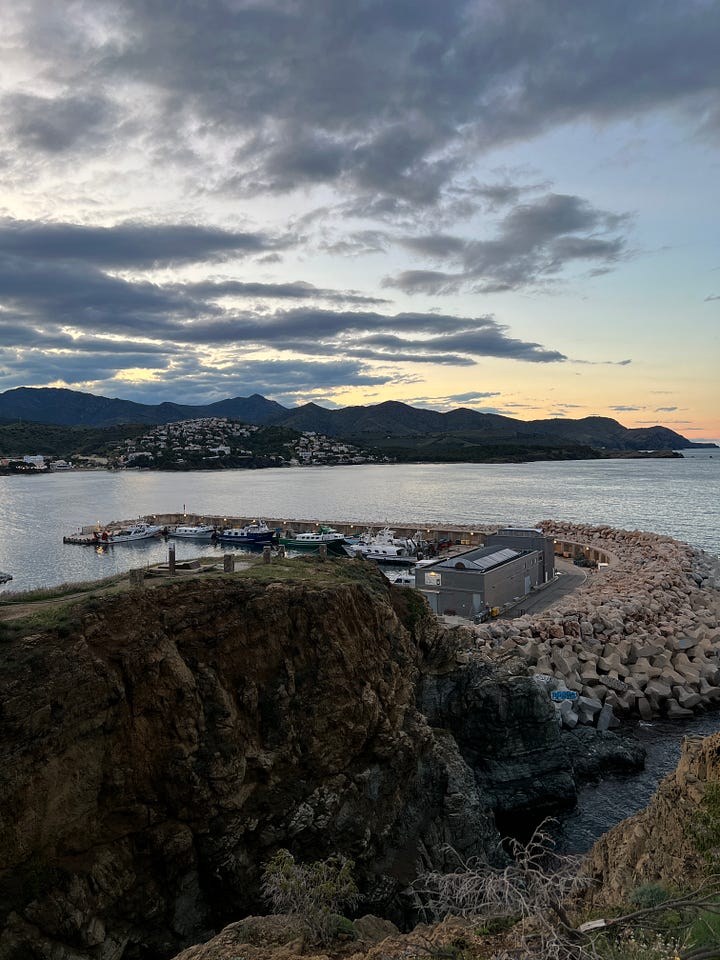

The Cap de Creus lobsters are known for their sweet flavor and delicate texture, and one man in particular, Lluís Fernández, has managed to make them a destination in their own right, with his restaurant Els Pescadors in the city of Llançà. The restaurant began as a small coffee bar that was owned and run by his parents, and its claim to fame was the town’s daily fish auction. Lluís’ mother started feeding all the fishermen from the auction, and what started as a small café turned into the restaurant, Els Pescadors, which in Catalan means “the fishermen.”
Of course, we need to talk about this fish auction, called subasta…it is something that still happens every day, and it is a central part of the town’s culture (but it now has its own space…not at Lluís’ restaurant!). Fishermen bring their fresh catch directly from the boat, and distributors, fishmongers, and restaurants will bid on them….you will see everything from lobsters to eels, crabs, shrimp, and fish you’ve never even heard of! A lot of this fish will go to the mercados in Barcelona, so you know if you’re eating seafood in the city it will be amazing and fresh. The subasta is run by Jordi Fulcarà, the president of the Cofradía de Pescadores—the fishermen’s association in Llançà.

In addition to bringing their family’s restaurant into current times, Lluís and his sister Maria Àngels are shepherds of this local lobster species, and they’ve worked to preserve it—going to the effort to build tanks, which Lluís calls “open aquariums”—to raise these lobsters in a special ecosystem. Their efforts are now a truly amazing project, which they’ve pursued for over ten years. (Lluis even set up an Instagram page for the lobsters, along with the restaurant’s page!)
Let’s hear a little more from Lluís (translated from Catalan!)
What motivated you to protect and celebrate these lobsters?
Between 1975 and 1980, there were plenty of them, and the market didn’t absorb the entire catch—so fishermen ate what wasn’t sold, which led to the creation of new recipes. And the lobsters were more affordable back then. In the 90’s, there was more scarcity and less consumption, so for the past 10 years, we wanted to recover that true gastronomic culture around lobster, trying to make it familiar once again.
We also feel very respectful towards the environment and are committed to responsible fishing, promoting a local product that is truly part of our history.
What made you fall in love with the Cap de Creus lobster specifically?
Not only is it a delicious product, but also, as you get to know it, you understand more about how it lives, how it is caught, what it needs. And the more you learn, you become more curious, and it makes you want to tell its story. The story connects us to fishermen, and to tradition. The lobster itself has a powerful presence—it seems like an alien seafood, but when you delve into everything that is behind it, you realize its gastronomic, cultural and symbolic value.
I’ve also fallen in love with everything we have generated from this project: from the T-shirts to the memes, through social networks and people's responses. We are having a great time seeing how the public wants to understand more about it. And that, in the end, fills you up and keeps you going.
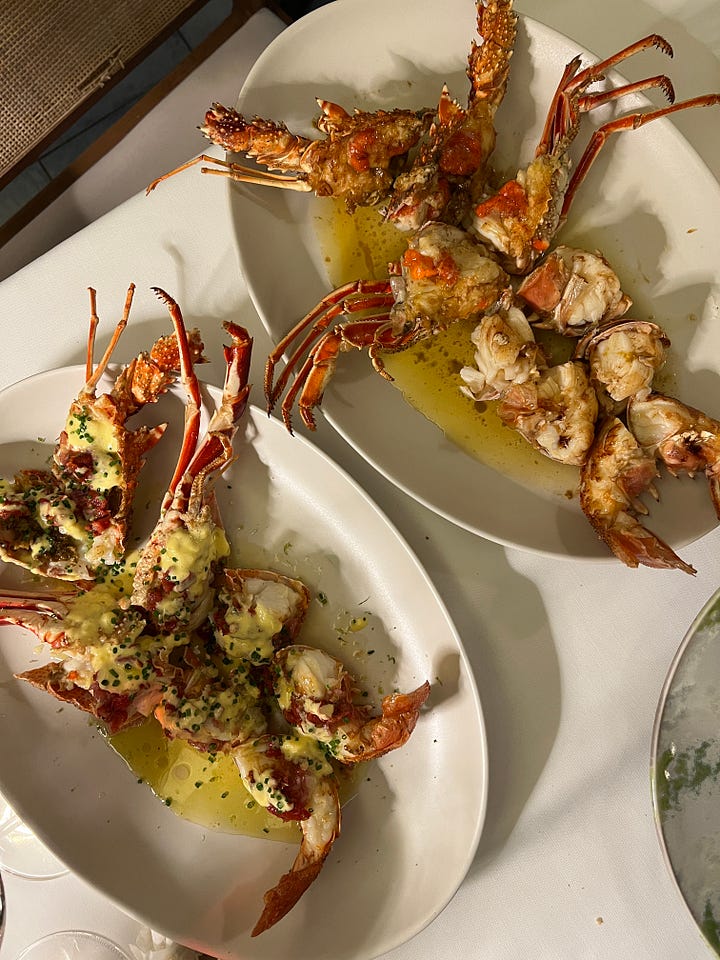
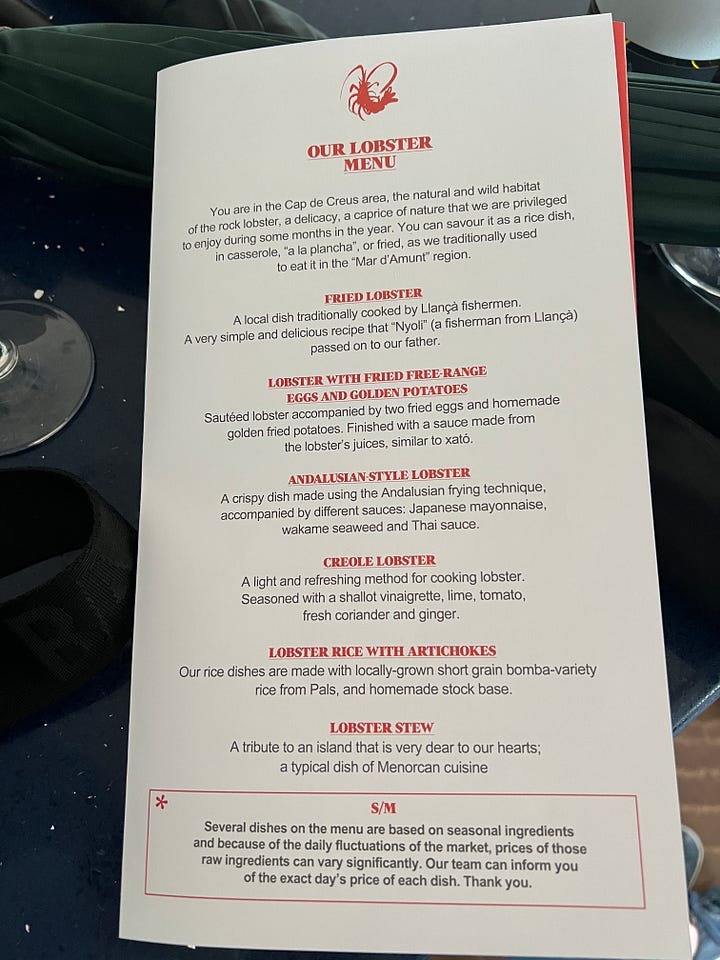
What characteristics make Cap de Creus an ideal place for lobsters to live?
Cap de Creus offers optimal conditions for the development of lobster, similar to those found in other areas of the Mediterranean—salinity of the sea, and climatic factors such as the special Tramuntana wind and sea currents, which influence the quality of the water and the marine ecosystem.
There’s a lot of diversity in the food that’s produced here, thanks to the combination of mountains and coastal corners that provide a variety of nutrients to the seabed. All of this contributes to the lobster, which has a very special texture and taste, making it very valuable from a gastronomic perspective. That’s why it’s highly appreciated by both chefs and lovers of good food.
What is your favorite way to serve Cap de Creus lobster?
I always recommend eating it fried, because it is a very local recipe from Llançà—it is a way to preserve the gastronomic legacy and connect with the land. I also like it a lot with rice, which gives it great flavor. But the most important thing is that lobster is very versatile, which gives you a lot of options in the kitchen. What matters most is respecting it and understanding where it comes from, because it’s not just an ingredient—it’s a whole history and landscape.
It’s José again…do you guys like lobster? Have you ever tried a spiny lobster? What is your favorite lobster preparation? See you back here on Wednesday for a new lobster recipe that my R&D team dreamed up!

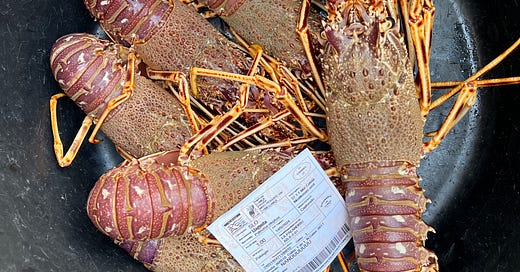


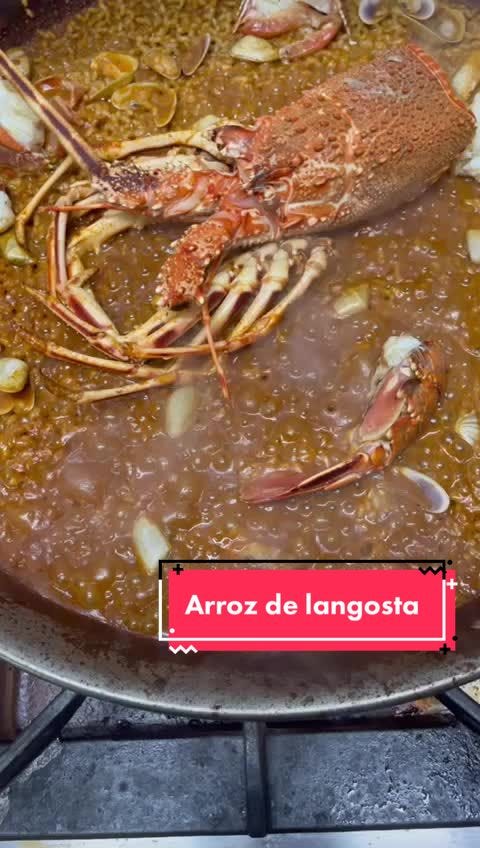


Food makes the world smaller.
We lived in France for 10 years. The first year, we were in Collioure, where Matisse and Derain created Fauvism. Collioure is a few villages up from Spain and the gorgeous Costa Brava. How we loved to go there. One of the treats we enjoyed was calamari or calamares. But I never had a spiny lobster. How did I miss it?